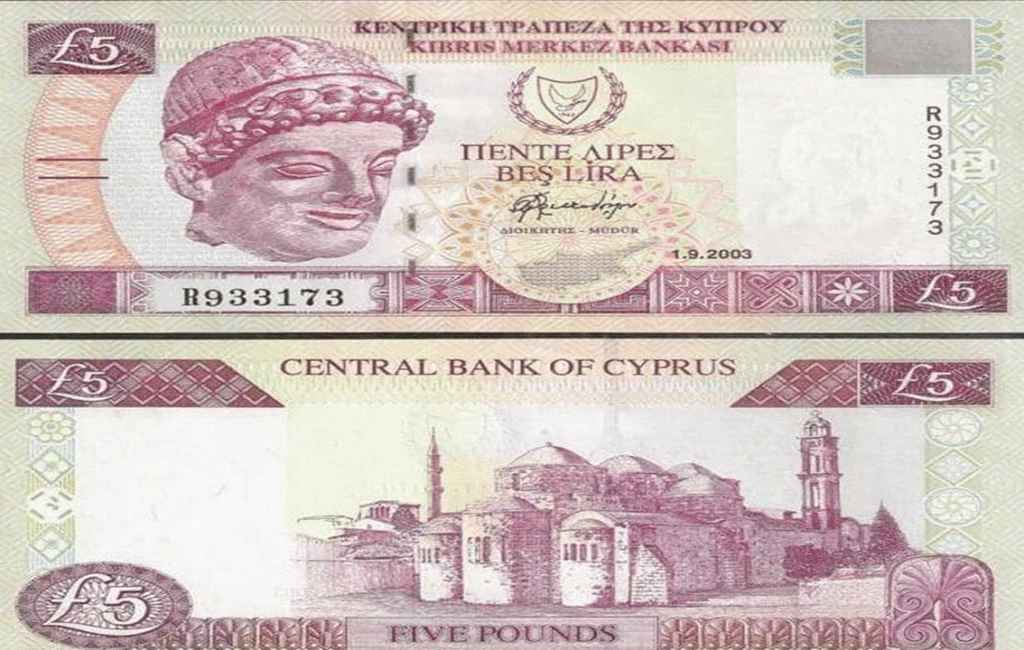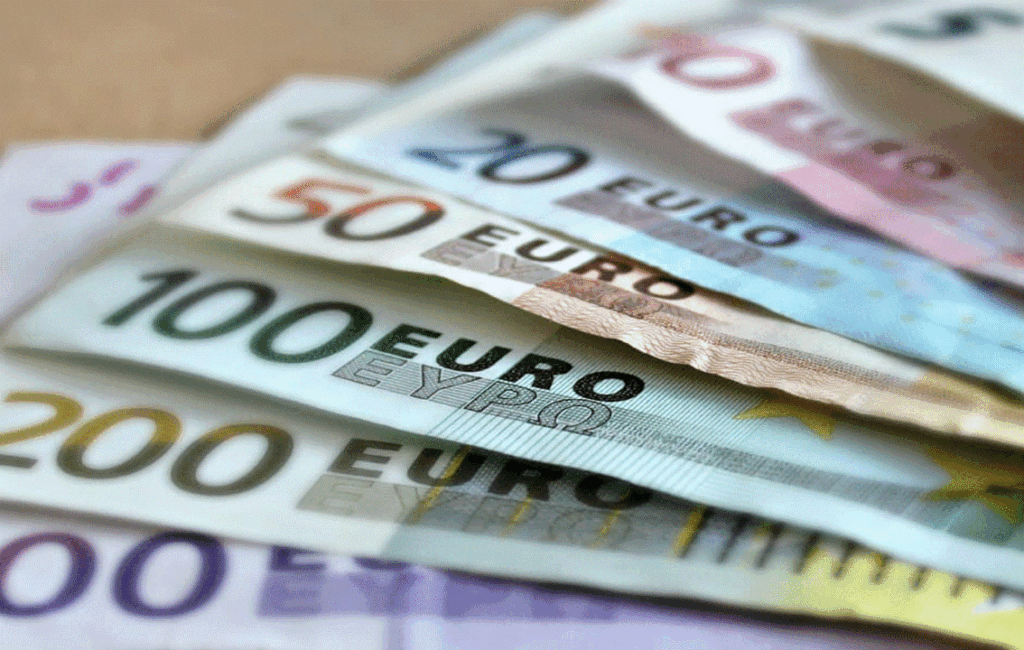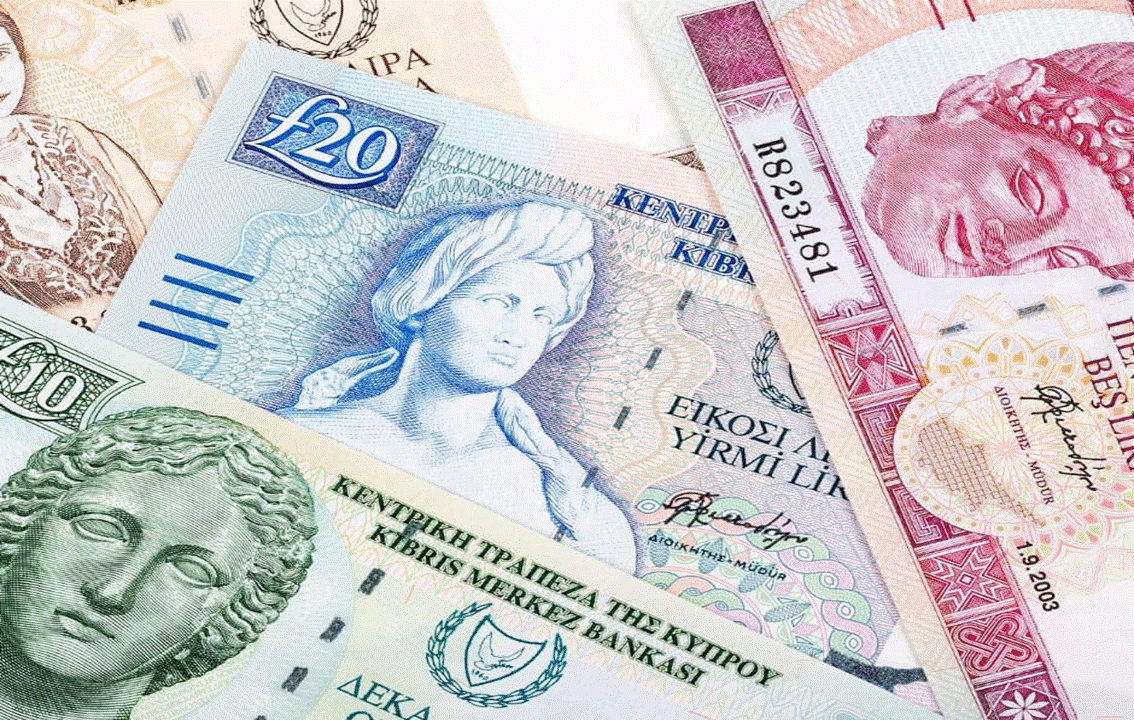A LIRA OR A POUND?
A JOURNEY THROUGH THE RECENT HISTORY OF CYPRIOT CURRENCY
TRACING BACK CENTURIES
The roots of Cypriot currency trace back centuries. The Phoenicians, Egyptians, Romans, and Byzantines all used early forms of currency on the island. However, it was not until the British colonial period that the concept of a standardised currency for the island emerged. Although Cyprus was not officially a British Crown Colony, an unofficial version of the Cyprus Pound, bearing all the hallmarks of proper currency, was distributed on the island in 1879.
HUMBLE BEGINNINGS
The economic journey of the ‘Cyprus Pound’, also known as the ‘Cyprus Lira’, holds a significant place in the economic and cultural history of Cyprus. The currency not only officially began the island’s modern economic journey but also played a significant role in its social dynamics. From its humble beginnings to its eventual replacement by the Euro in 2008, the currency helps tell the fascinating story of the island’s economic development and its integration into today’s global financial system.
A CULTURAL DEVELOPEMENT
Several Cypriots still remember the era of the Cypriot Pound with great nostalgia. Some recall a time when it represented a sense of national identity, whilst giving the island its economic stability throughout the 20th century. Although many view the Cypriot pound as essentially Cypriot, it was, however, originally introduced to the island by the British colonial administration a year after they took control of the island. These original banknotes bore the hallmarks of the British Empire, and each one depicted the head of the British monarch at the time.
MINTED BY THE ROYAL MINT
This new British version of the Cypriot Pound was pegged to British Pound Sterling at a fixed exchange rate. It consisted of banknotes and coins minted by the British Royal Mint. The Cypriot Pound became the official currency of the island after Cyprus was formally recognised as a British Crown Colony in 1925.
THE CYPRUS POUND WAS INTRODUCED BY THE BRITISH COLONAL AUTHORITIES IN 1878

A NEW CYPRIOT CURRENCY
A NEW REPUBLIC
The Cyprus pound was retained after Cyprus gained independence in 1960. The Central Bank of Cyprus, which was established in 1963, took over the responsibility of issuing the currency. British versions of the currency were slowly withdrawn after new revised versions were introduced. The new banknotes and coins removed all British hallmarks and consisted of denominations of 1, 5, 10 and 20 Cyprus pounds.


A REPRESENTATION OF CYPRIOT CULTURE
The Cyprus Government wanted the new banknotes to represent Cypriot culture, history, and archaeology. They designed the new currency to highlight the new nation’s unique identity. As a result, the new banknotes were designed to celebrate the island’s traditions, landmarks, and mythological significance.


ISMET GUNEY
ISMET GUNEY was commisssioned to design the new banknotes. He had already designed the new republic’s national flag in 1960. He decided to keep the overal British design and colouration of each banknote but he introduced new figureheads that reflected the island’s direct heritage. This helped to further establish the currency as a symbol of national pride amongst Cypriots.
SIGNIFICANT GROWTH
The Cypriot pound helped put the Cypriot economy on the map in the latter part of the 20th century. As a result, the island’s economy experienced significant growth throughout the 1970s and 1980s. This was mainly driven by different prominent economic sectors at the time. Tourism, shipping, and several financial services emerged, and Cyprus became a very attractive offshore base for several international companies. All of these factors resulted in a resilient Cypriot Pound that helped to create economic stability throughout the island. The Cypriot pound went on to become an important medium of currency exchange both domestically and internationally.
A EURO OR A POUND?
In 2004, Cyprus joined the European Union. This signalled a new chapter in the island’s economic fortunes. As part of the accession process, Cyprus committed to the adoption of the Euro. On January 1st, 2008, the Euro officially replaced the Cyprus pound.
THE END OF THE CYPRIOT LIRA
Although opinions among economists differ regarding the impact of this, most agree that the transition was not as smooth as it could have been. One of the main points of contention is that the Cypriot pound was pegged with a fixed exchange rate against the Euro. This immediately raised inflation across the island. Domestically, prices were rounded up to the nearest euro, and this created a sharp rise in the island’s price index. This, along with several negative European economic factors, eventually set in motion a tumultuous economic crash. Overall, the Cyprus Pound, whether viewed through a lens of nostalgia or integration, still serves as a poignant reminder of the island’s prosperity and its journey through a globalised economic world.



OPINIONS DIVIDED
It has been found that opinions regarding the impact of the currency conversion, from the Cypriot Pound to the Euro, are subjective and vary. Different views often depend on the personal perspectives and circumstances of each individual. With this in mind, there is still much debate among Cypriots regarding the benefits and drawbacks of the currency’s conversion. This further adds a complex narrative to the Cypriot Pound’s lasting legacy.
THE ARGUMENTS FOR
Economic Stability: The Euro is managed by the European Central Bank. The overall aim is for price stability, reduced inflation and economic stability.
Increased Trade: The Euro also aims to facilitate trade among member countries. It does this by eliminating the need for currency conversion, which potentially boosts economic growth.
Greater Investment: A common currency can attract foreign investment. Investors as a result, see a larger, integrated market with reduced currency risk.
Price Transparency: Consumers can easily compare prices across countries. This promotes competition and potentially leads to lower prices.
Political Integration: Adopting the euro can strengthen political ties among member states. This helps to foster cooperation and unity within the European Union and facilitates greater integration into the global financial system.
Elimination of Exchange Rate Risks: A single currency offers both stability and convenience for all European businesses and consumers. It also offers the benefit by the elimination of currency exchange fluctuations within the Eurozone, making trade easier and more predictable.
THE ARGUMENTS AGAINST
Loss of Monetary Sovereignty: Countries, after adopting the Euro, lose control over monetary policy. The European Central Bank, which may not always align with national economic needs, makes decisions regarding interest rates and the currency.
Purchasing Power: Individual currencies generally have more purchasing power.
Economic Policies: The Euro reflects the greater Eurozone’s economic policies. This may not suit all member states, particularly those with different economic conditions or cycles.
Economic Disparities: Countries with weaker economies may struggle to keep up with stronger economies. This leads to increased disparities and potential economic instability.
Adjustment Costs: Transitioning to the euro is costly, and significant changes in accounting, pricing, and financial systems often cause repercussions that exist for prolonged periods.
Potential for Financial Crises: If a member state faces a financial crisis, it cannot devalue its currency to regain competitiveness, which can exacerbate economic problems.
Price Hikes: The Euro has effectively reduced the relative value of earnings. This is because of European-wide price levelling and general price hikes.


